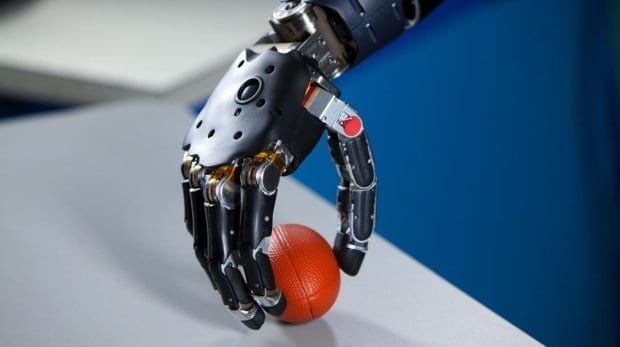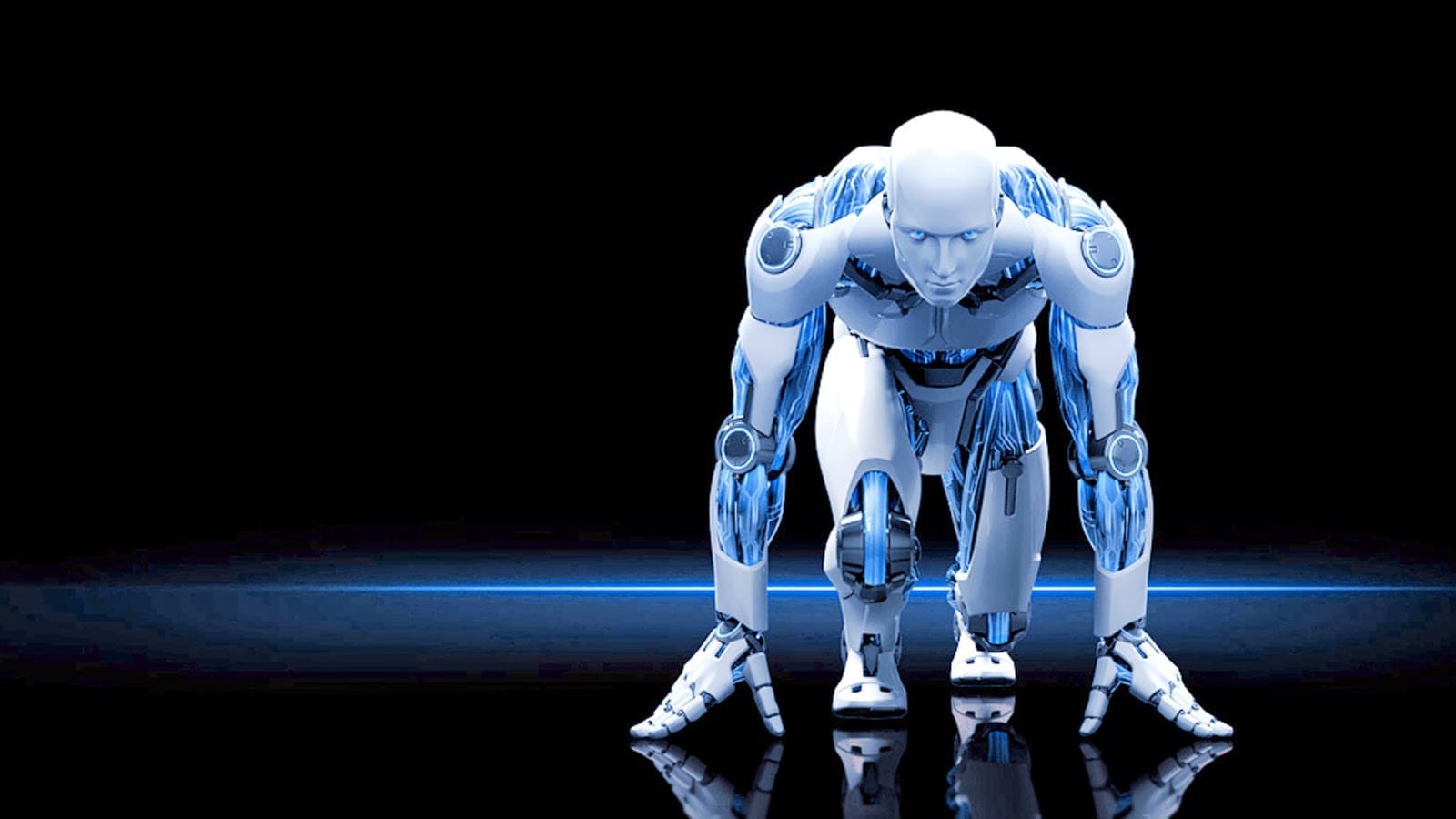
Robots carry out their tasks more safely if they are controlled by another technology. This makes them much more suitable for use in the care sector, as revealed by a study conducted at the Robotics and Mechatronics department at the University of Twente. On 2 June, researcher Stefan Groothuis was awarded his PhD for this work.
In the coming years the use of assistive robotics, as they are known, will become ever more important due to the increased ageing of the population and the steadily rising costs of care. Already, robot technology is very valuable for people with a physical handicap when it comes to carrying out everyday tasks. A robot arm on a wheelchair or table, for instance, enables a person to open the door or pick up a glass by themselves, meaning that this group of patients is less dependent on health care workers and also increasing the patients’ quality of life.
OBSTACLES AND PERSONS
However, in practice the existing form of robotics are not ideal for a care-support function because the systems are based on robots that carry out repetitive tasks in industry. These robots generally behave as rigid and less safe systems: the system that controls the electromotors (actuators) lacks the flexibility that is required in an unfamiliar domestic environment. The robot will often seek the shortest route from A to B, taking little or no account of obstacles or persons in its immediate surroundings. And so there is a relatively large risk of the robot or the obstacle being damaged.
Adding a kind of elastic spring to the actuator can make the robot, or the robot arm, much safer, as shown by research carried out by the Robotics and Mechatronics department. This spring ensures that the robot behaves in a more elastic way: it yields when it collides with an obstacle. This technology (known as the variable stiffness actuator) has never before been used in assistive robotics. “We believe this can form the basis of a new generation of robots in the care sector: robots that can carry out more everyday tasks in a safer way, while simultaneously remaining extremely precise,” says researcher Stefan Groothuis.
POSITION ACTUATOR
A further improvement to the robot arm has been achieved by positioning the actuator differently. Normally each joint has one electromotor, enabling this joint to move. In the human body this movement is achieved by the muscles around a joint, such as in the hip joint. But humans also have various muscles that move two joints simultaneously, such as the biceps, which moves the elbow and shoulder. This principle has been incorporated in the research and it provides the robot arm with other elastic properties. Groothuis’ doctoral research has resulted in different variable stiffness actuators and a mathematical model for robot arms based on a network structure. With the help of this model it becomes relatively easy to adjust the positioning of actuators, which simplifies the analysis of these arms. This makes it possible to develop a robot arm ideally suited for the health care sector.
Learn more: ROBOT CARERS SAFER WITH NEW TECHNOLOGY
The Latest on: Robot caregivers
[google_news title=”” keyword=”Robot caregivers” num_posts=”10″ blurb_length=”0″ show_thumb=”left”]
via Google News
The Latest on: Robot caregivers
- robot suspensionon April 26, 2024 at 5:00 pm
If your interest lies with robotics there are a multitude of different platforms for you to build. [Teemu Laurila] was frustrated with what was on offer, so designed his own with four-wheel double ...
- Caregiver Strain Index (CSI)on April 25, 2024 at 5:00 pm
Caregiving has been recognized as an activity with perceived benefits and burdens. Caregivers may be prone to depression, grief, fatigue and changes in social relationships. They may also ...
- Enter Robots, Are We Ready?on April 24, 2024 at 5:00 pm
The term “robot” suggests a human-like machine—a walking, talking automaton. Robotics is a much broader technology: Assembly robots in factories, warehouse workers, or surgical robots in ...
- AI: A Beacon Of Hope In Elder Careon April 23, 2024 at 7:01 am
AI companions are more than just machines. Imagine a world where the elderly, who might spend hours or days without human contact, have a companion that listens, learns..
- Atlas the Robot Rises From the Dead in 'Stronger' Electric Versionon April 16, 2024 at 5:01 pm
Atlas the robot was killed off yesterday, only to rise from the dead today. So don’t write off the robot uprising just yet. Boston Dynamics released a video on Tuesday announcing the retirement ...
- This robot can tell when you’re about to smile — and smile backon April 15, 2024 at 5:00 am
With its hairless silicone skin and blue complexion, Emo the robot looks more like a mechanical re-creation of the Blue Man Group than a regular human. Until it smiles. In a study published March ...
- The 5 best robot vacuums for pet hair in 2024on April 12, 2024 at 12:42 pm
Some of the latest robot vacuums are designed specifically to pick up dirt, dust and pet hair from carpets and hard flooring -- without you having to expend any effort. The experts at CBS ...
- MIT Technology Reviewon April 10, 2024 at 5:00 pm
Researchers are using generative AI and other techniques to teach robots new skills—including ... but he is highly reliant on caregivers and his wife, Jane. Henry got a glimmer of a different ...
- The cheapest robot vacuum sales and deals for April 2024on April 8, 2024 at 5:00 pm
Cheap robot vacuum sales are getting easier to find. With more models hitting the shelves at a budget-friendly price point (and those devices seeing regular discounts on top), there's some ...
- Guest column: The robot will see you now: How AI is revolutionizing healthcareon April 8, 2024 at 5:00 pm
The robot will see you now, and it might just save your life. Editor’s Note: Neal K. Shah is the CEO of CareYaya Health Technologies, one of the fastest-growing health tech startups in America.
via Bing News










